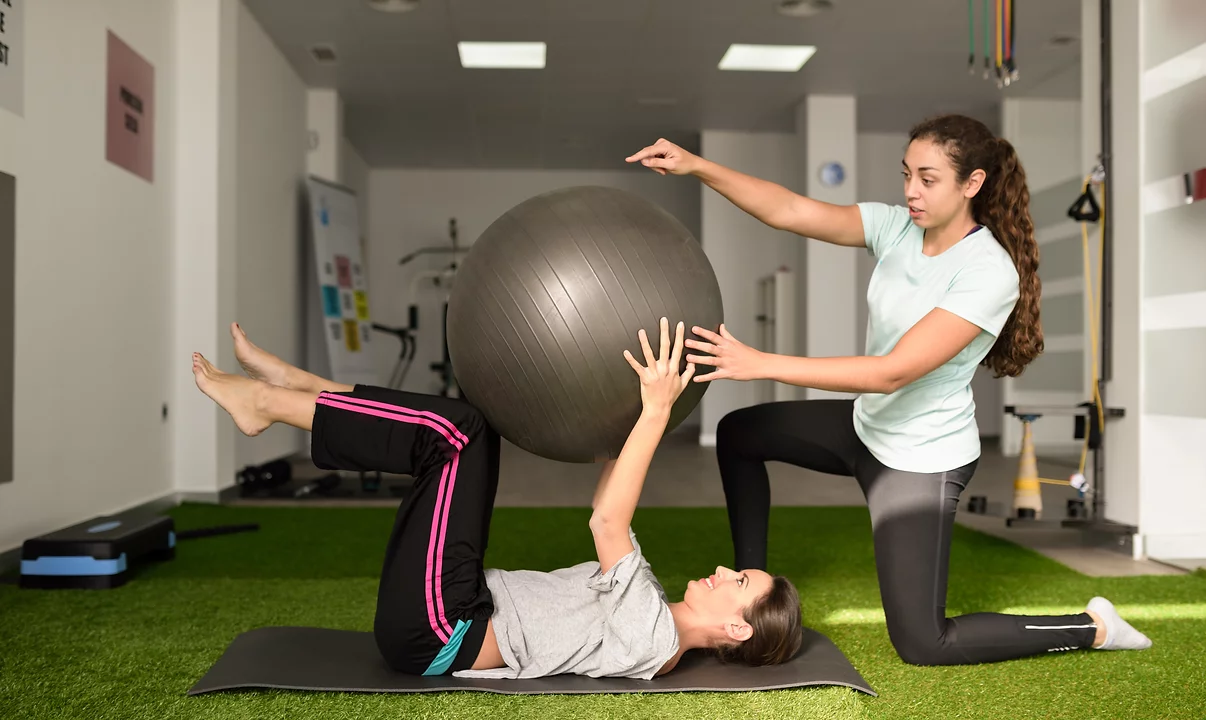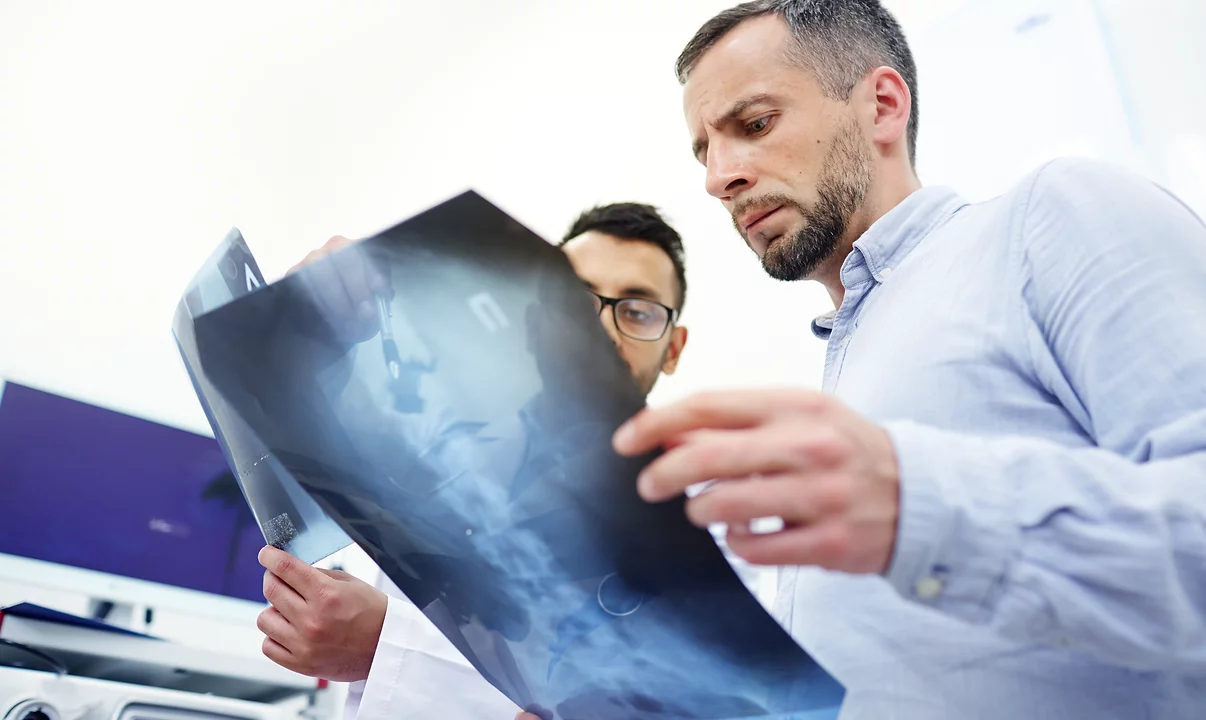

Cardiac Rehabilitation is a coordinated intervention designed to optimize cardiac patients' physical, psychological, and social functioning to maintain a regular and stable place in the community. It enhances patients' fitness and improves their situation after some conditions, such as heart attack.

Cardiac rehabilitation is an alternative for humans with coronary heart sickness. In particular, you would possibly gain from cardiac rehabilitation in case your clinical records include:.

Cardiac surgical processes extrude breathing mechanics, defecting in lung dysfunction. The bodily therapists play an essential position withinside the coaching and rehabilitation of
folks who are currently processing cardiac surgical operations, as they have many physiotherapy techniques.
After the cardiac surgery, patients usually experience pain in the chest area, fatigue, and decreased exercise tolerance till recovery. So to enhance the process of healing and promote independence, Physiotherapy plays a crucial role.

Physiotherapy after cardiac surgery helps a patient lead an everyday life and helps in improving their situation and saving them from sudden death.
Breathing sporting events with and without devices and living muscle schooling during a cardiac surgical procedure's preoperative duration decreases postoperative pulmonary complications.
There are three central physiotherapy
involvements:
After surgery, physical therapy is constantly prescribed to bring back mobility in the affected area. The second most important reason is pain management. Physiotherapy lessens the pain a person feels after surgery. Exercises to strengthen the body. Exercises to enhance mobility of the body.

Physiotherapy before operation:
Before your surgical procedure, physiotherapists will provide you with some essential learning on what's required to help you recover as Smoothly and quickly as possible.
Breathing physical activities
Breathing sports are critical to saving you chest Complications after surgical procedures, including chest contamination or lung collapse.
Practice deep respiration sports earlier than the operation, and it will likely be simpler to do those afterward.
Support Coughing
After the operation, it is essential to cough to clear any sputum. The chest wound is supported by holding a pillow or rolled-up towel firmly against the chest and leaning slightly forward.

Exercises after the operation:
These exercises help remove the secretions produced from the lung lining general anesthetic and which can lead to pneumonia if left in the lungs.
1. Deep Breathing Exercises
Take five deep breaths every hour, and then blow up and cough to clear any phlegm from your lungs.
Use a spirometer and take five breaths every hour.
2. Leg exercise
The following exercises increase circulation and prevent clots from forming in the legs and chest.
Repeat 10 times every hour
a)Ankle Exercises:
Move feet up and down at the ankles.
Repeat 10 times every hour.
Now move the feet in a circle.
Repeat 10 times every hour.
(b) Quadriceps Exercises
Press the back of the knees again towards the bed. Heels have to elevate away from the bed at the same time.
(c)Gluteal Exercise
Tighten your buttocks together for 5 seconds and relax.
(d) Straight Leg Raising
Lift the leg off the bed, preserving the knee straight.
Physio will begin stretching physical activities to save the patient from stiffness.
1. Extension in Sitting
Begin sitting tall, with your back and neck straight and your shoulders again slightly. Gently take your neck backward until you experience a stretch pain-free.
Repeat the ceiling slightly five times.
2. Rotation in Sitting.
Keep your neck directly, and don't permit your head to poke forwards at some movement point.
3. Rotation in Sitting
Begin sitting tall, with arms across the chest.
Keeping legs still, gently rotate to at least one side until field mild to moderate pain-free stretchers.
Repeat ten instances to every side.
4. Side Bend in Sitting
Begin sitting tall, hands behind head or neck. Gently bends to one side moving elbow towards hip until feeling a mild to moderate stretch pain-free.
Make sure you do not lean forward
Repeat five times on each side.
5. Shoulder Extension
Begin status tall, with neck and again straight. Gently take arm backward till experience a slight to mild stretch ache free. Repeat five times.
6. Shoulder Flexion
Begin status tall with again and neck straight. Gently increase arm forwards and up till sense a moderate to slight stretch ache free.
Repeat five times.
Physiotherapists play a crucial role in the improvement of a patient's condition. Physiotherapist in Gurgaon has better experience treating patients and helping patients return to their everyday lives. Physio Health Plus has the best Physiotherapist In Gurgaon and the best team that aims to provide patients with the best treatment.

